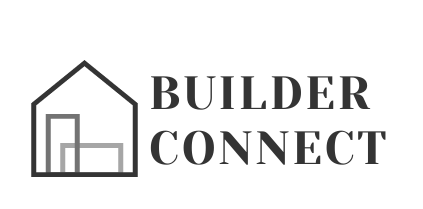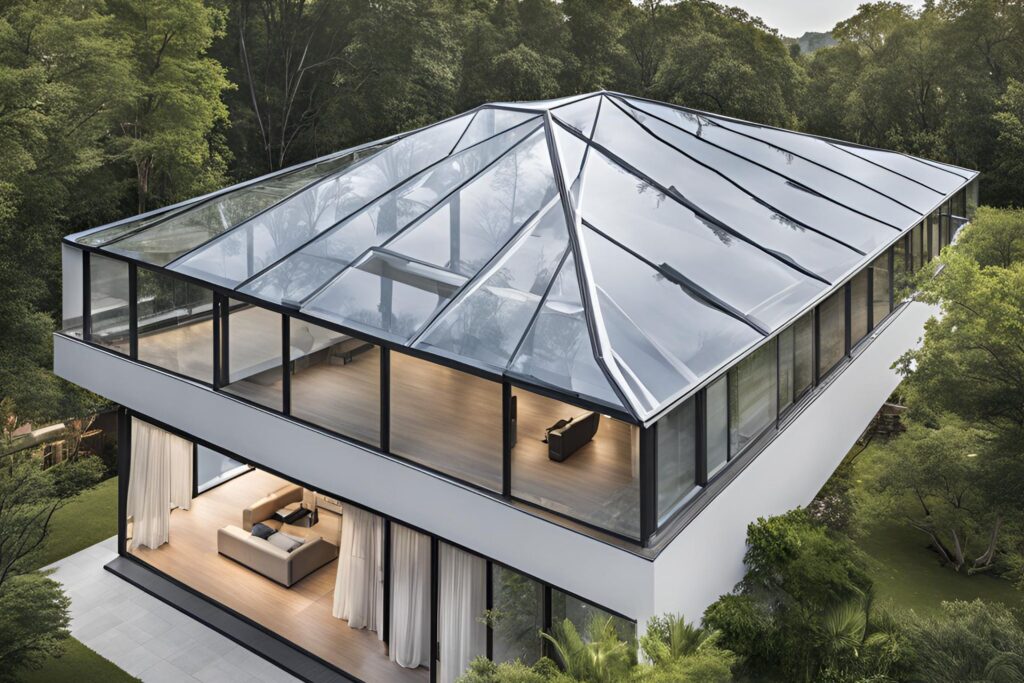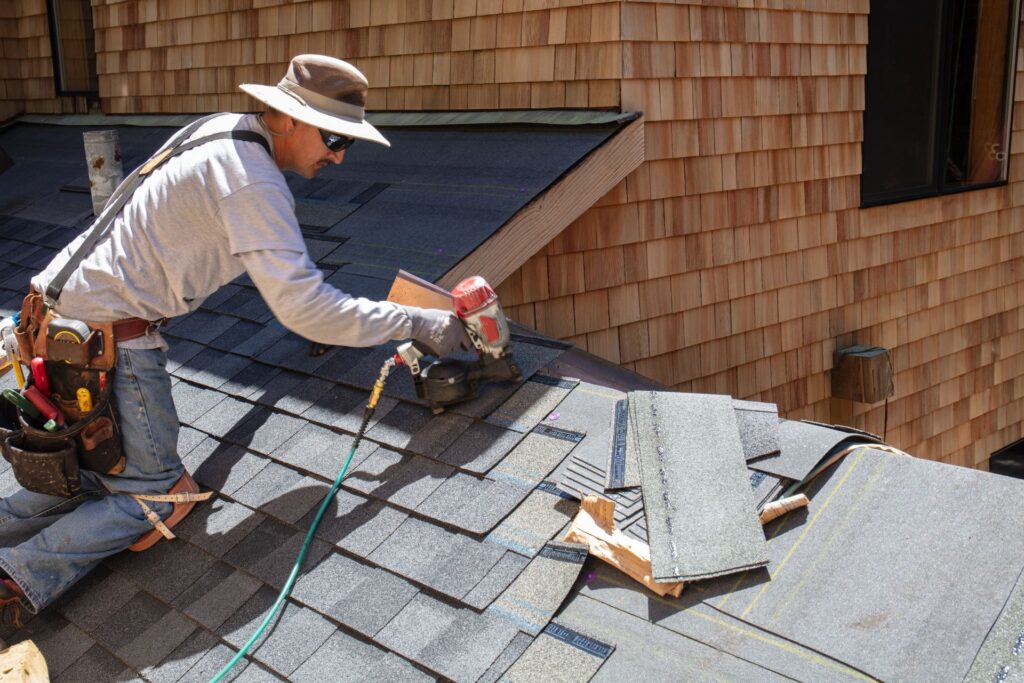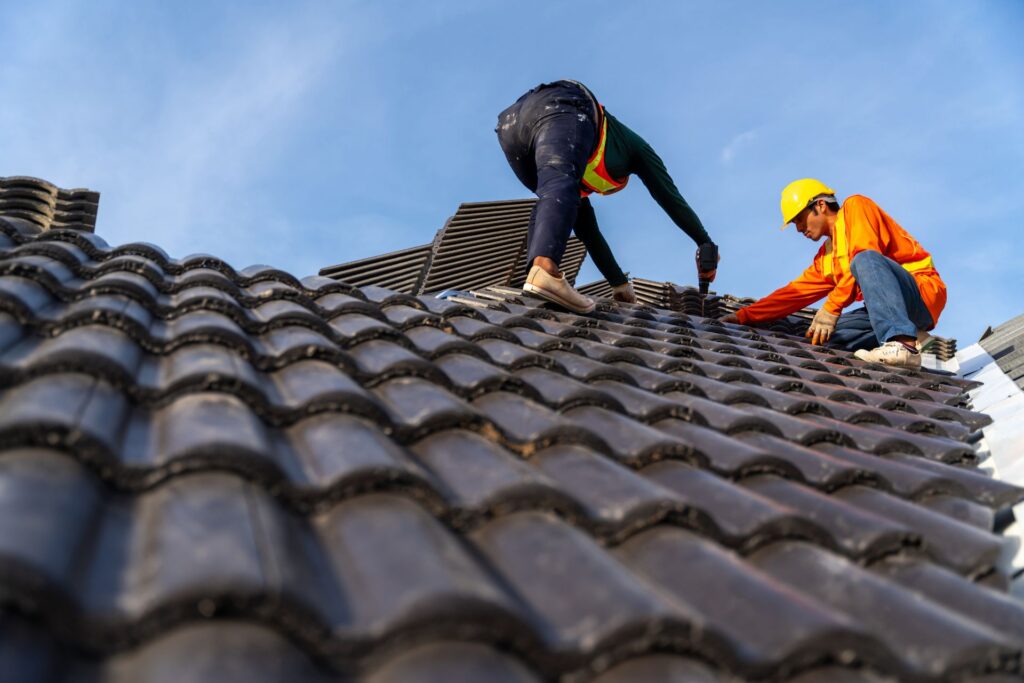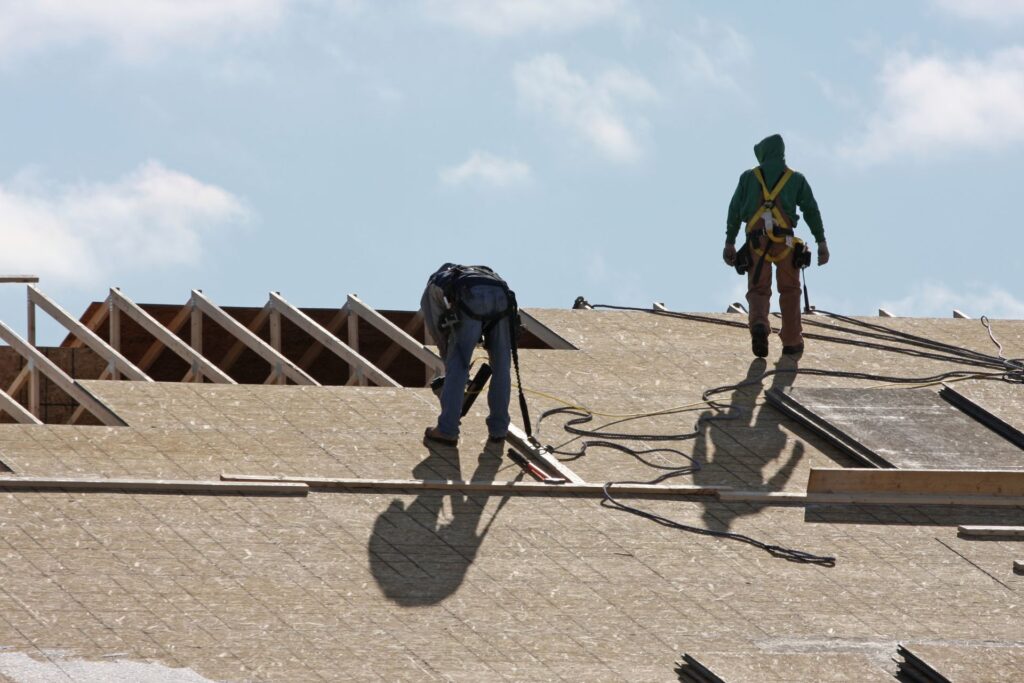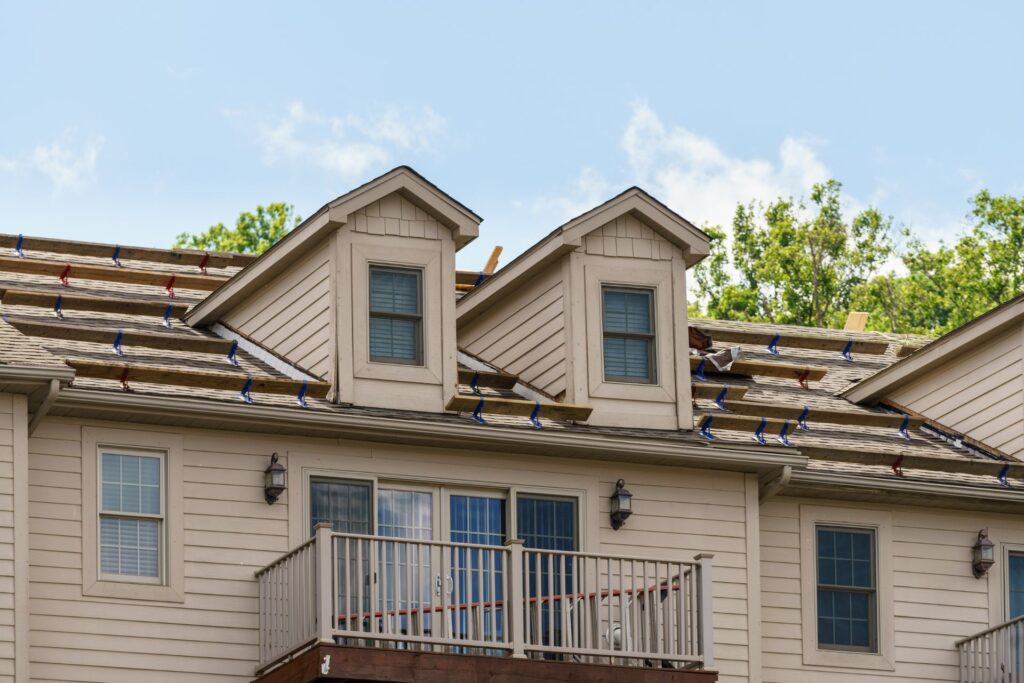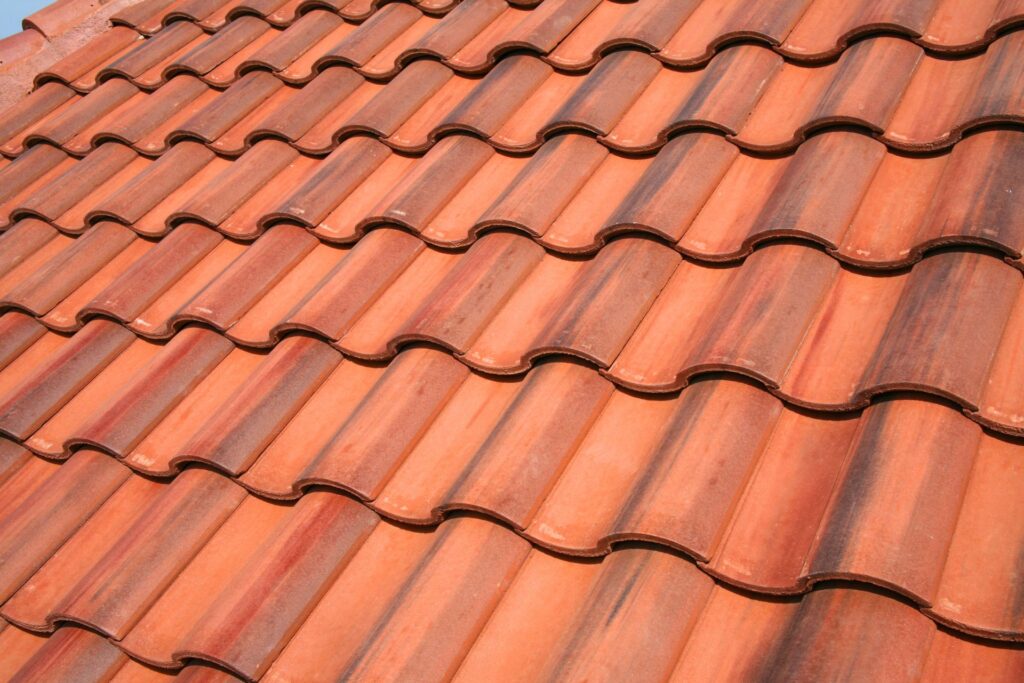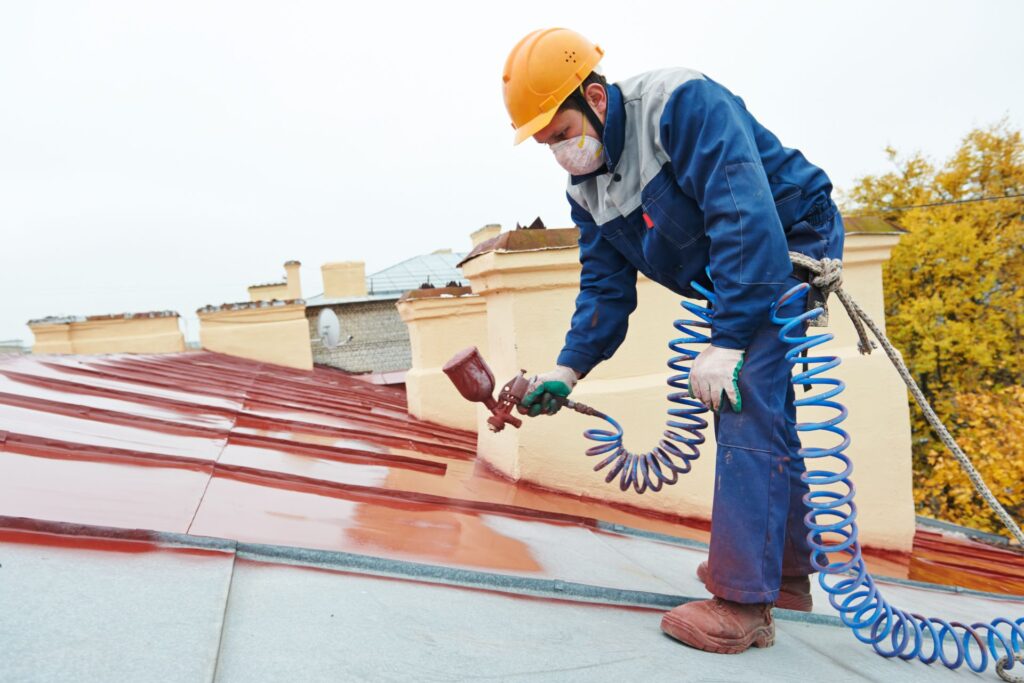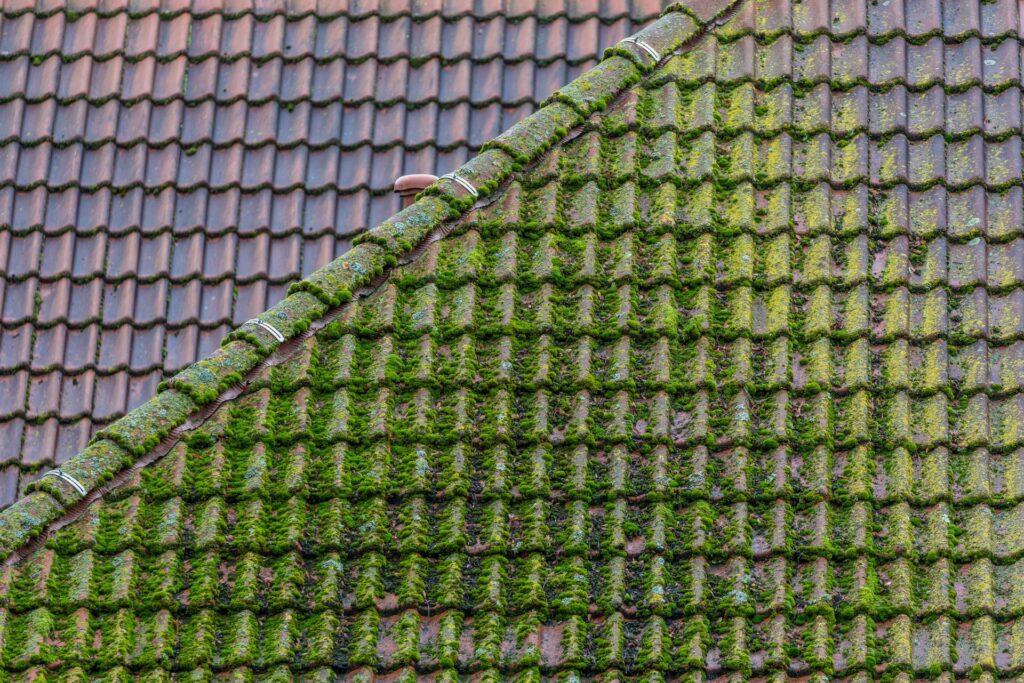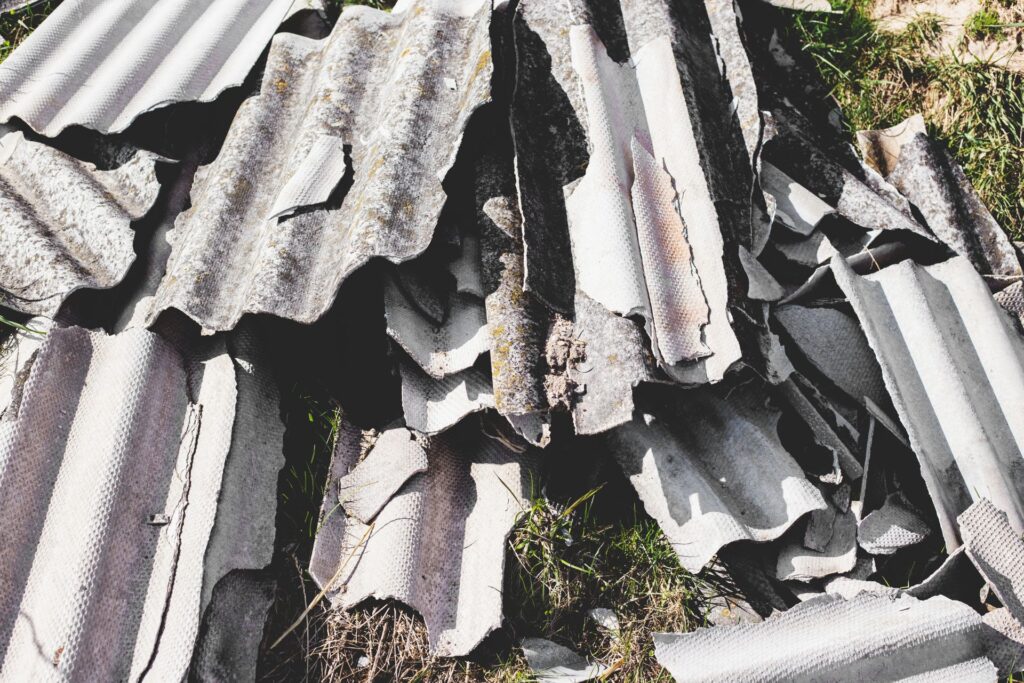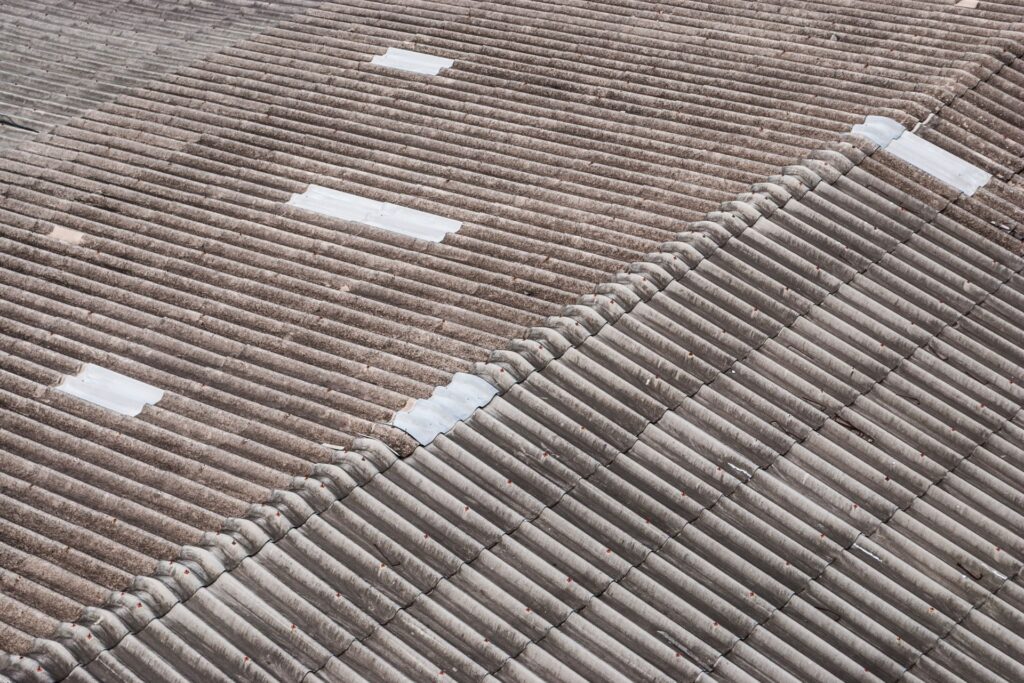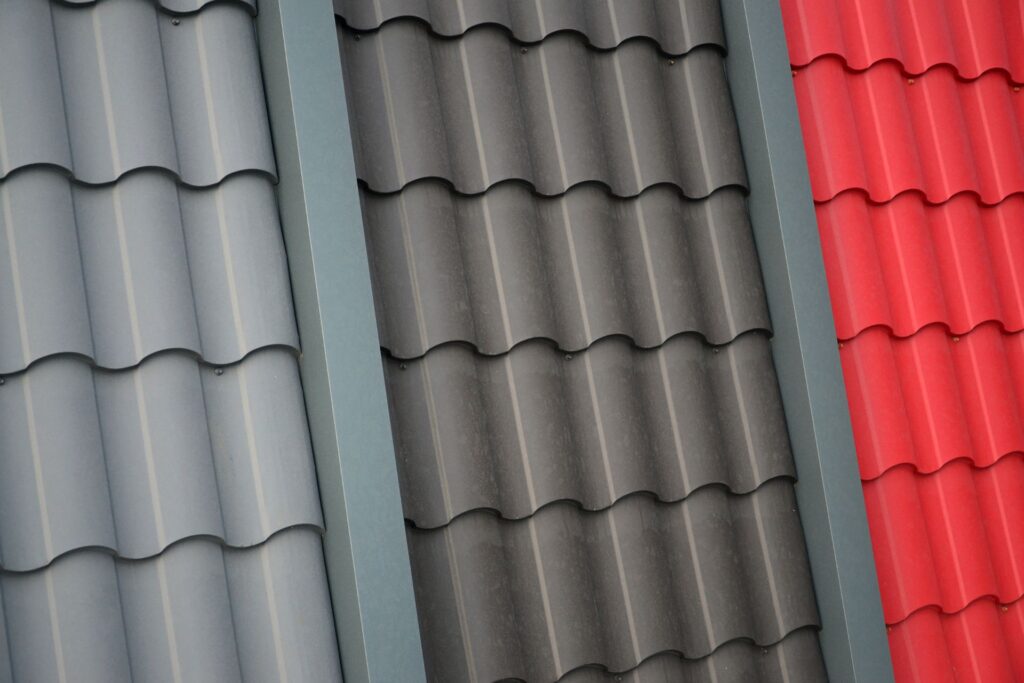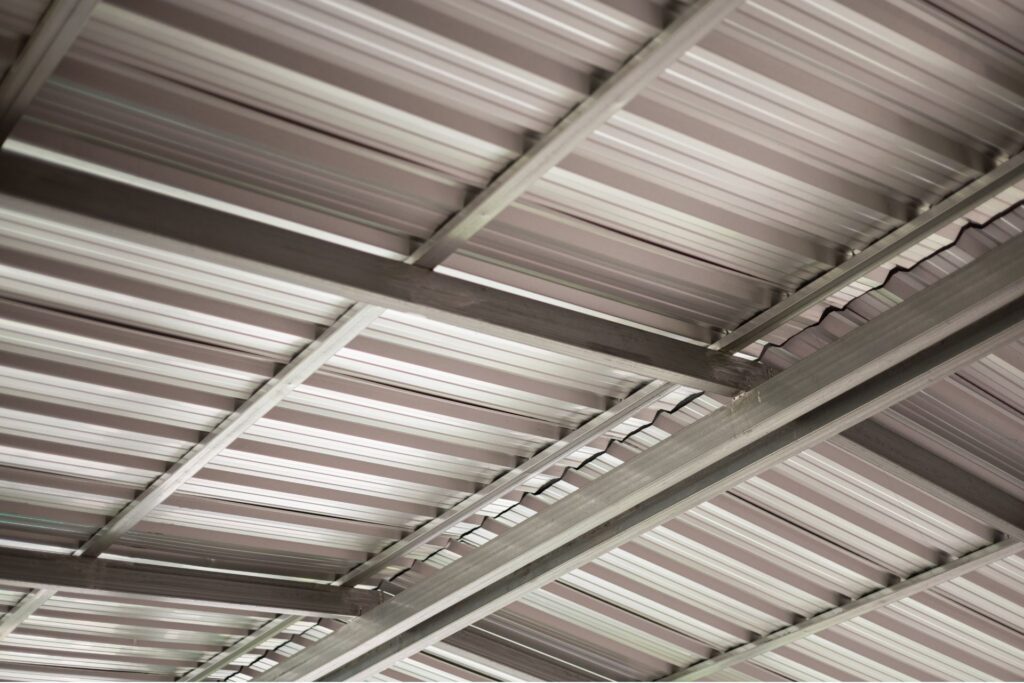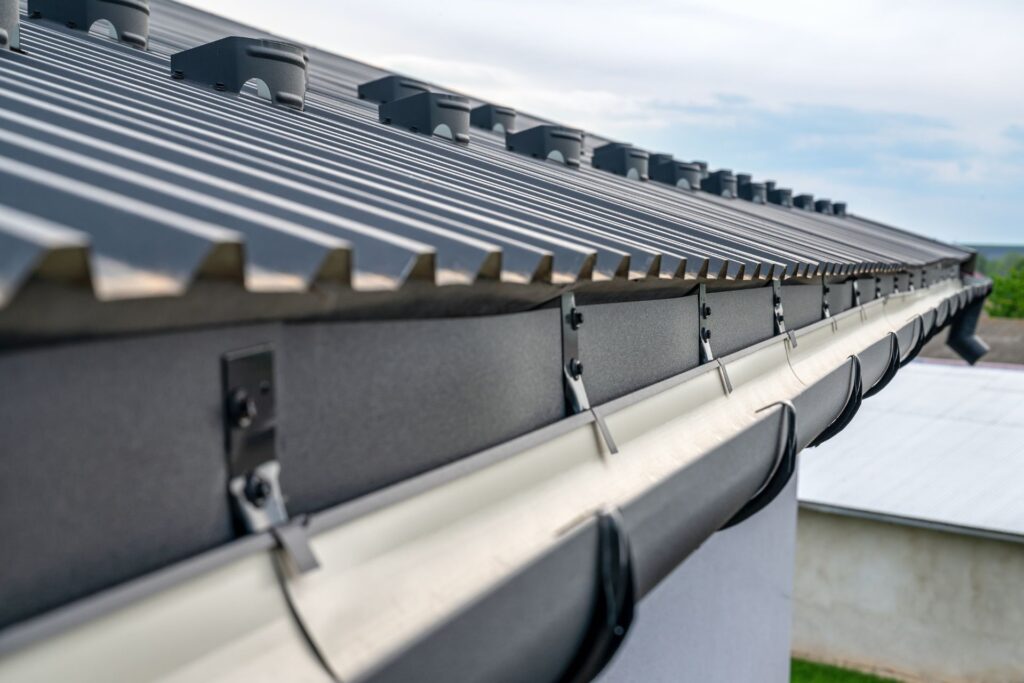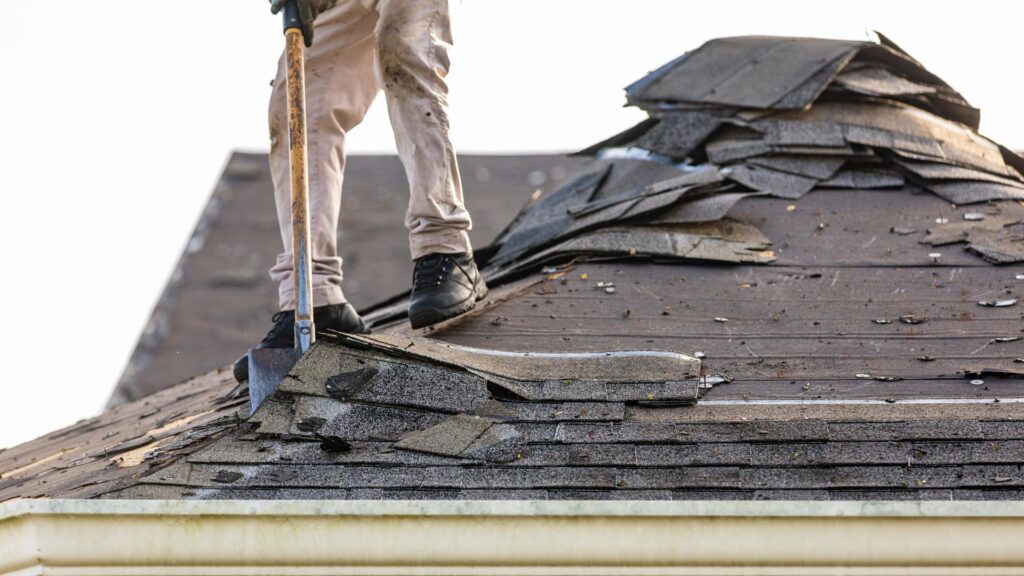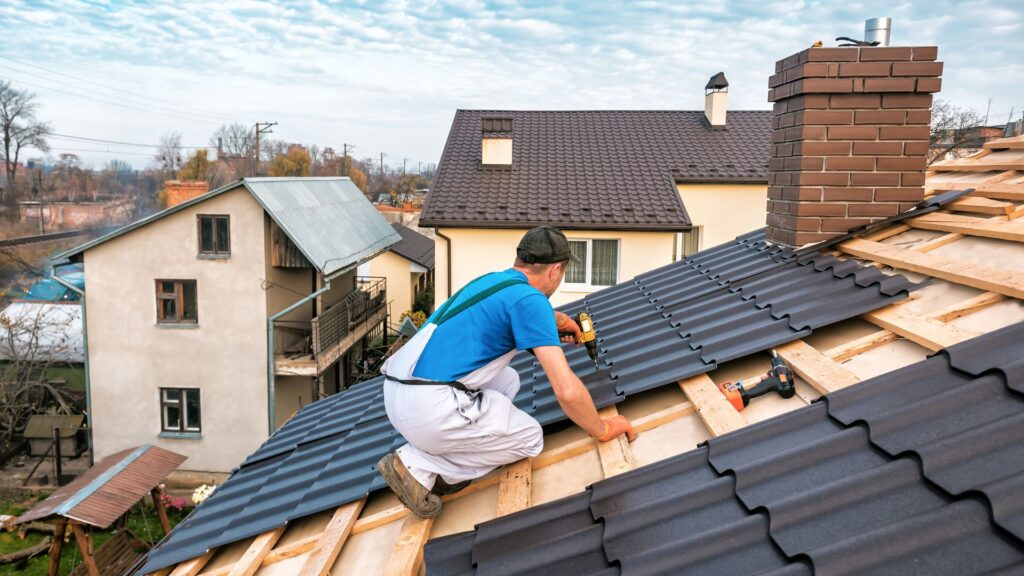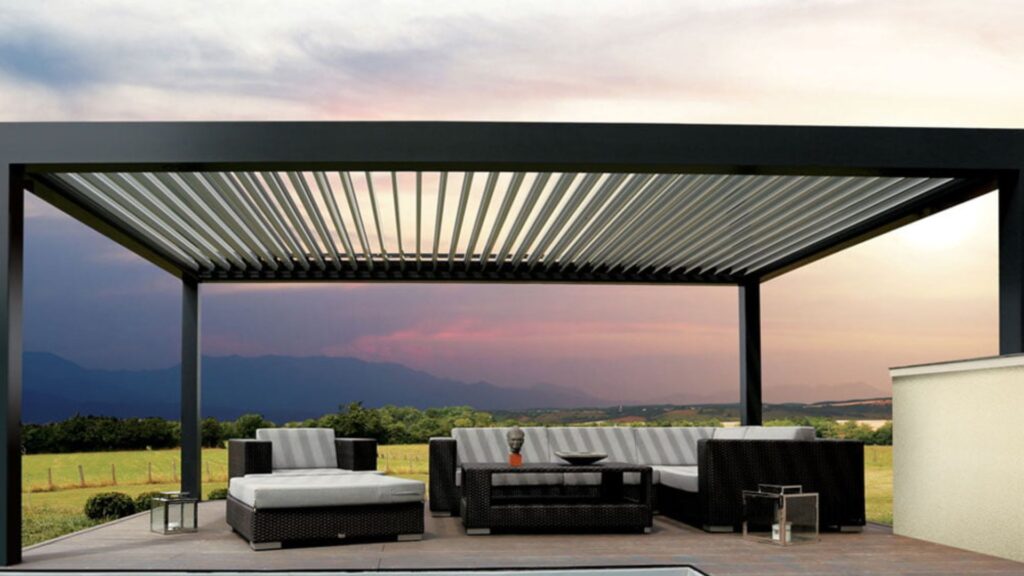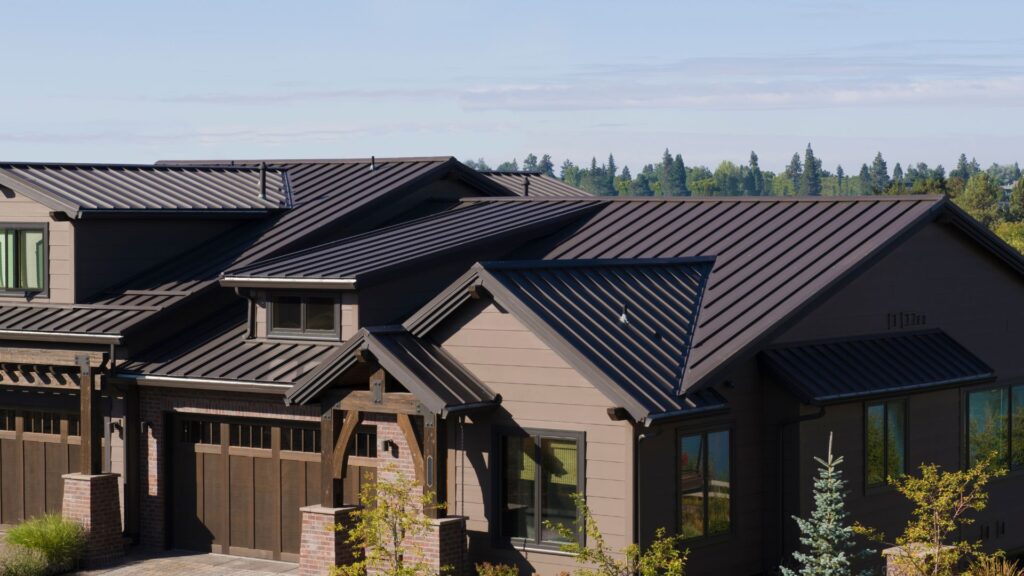Welcome to our comprehensive guide on the best clear roofing material in New Zealand! Clear roofing has become an increasingly popular choice for homeowners and businesses alike, offering a perfect blend of aesthetic appeal and practical benefits. Whether you’re looking to brighten up your living space with natural light or seeking an energy-efficient solution for your commercial property, understanding the various clear roofing options available is crucial. In this guide, we’ll explore the different types of clear roofing materials, their benefits, and key factors to consider when making your choice. Let’s dive in and discover the ideal clear roofing material for your needs in the beautiful and diverse climate of New Zealand.
The best clear roofing material in New Zealand includes polycarbonate, acrylic, and fiberglass. Polycarbonate is known for its durability and UV protection, making it ideal for both residential and commercial applications. Acrylic offers superior clarity and weather resistance, perfect for areas requiring high-light transmission. Fiberglass, with its strength and insulation properties, is versatile and long-lasting. When choosing the right material, consider factors such as climate suitability, durability, maintenance requirements, and budget to ensure you select the optimal clear roofing solution for your specific needs.
- Understanding Clear Roofing Materials
- Popular Clear Roofing Materials In NZ
- Key Factors To Consider When Choosing Clear Roofing Materials
- Installation And DIY Tips
- Maintenance And Care For Clear Roofing
- Environmental Impact And Sustainability
- Case Studies And Testimonials
- FAQs: About Best Clear Roofing Material NZ
- Conclusion
- Find A Professional Roofing Company Near You!
Understanding Clear Roofing Materials
Definition and Types
Clear roofing materials are transparent or translucent materials used in roofing to allow natural light to penetrate the interior space. These materials are popular in both residential and commercial construction due to their ability to create bright, open spaces without compromising weather protection. Here are the common types of clear roofing materials:
1. Polycarbonate: A durable and lightweight plastic known for its high impact resistance and UV protection. Polycarbonate sheets come in various thicknesses and can be either flat or corrugated, making them versatile for different roofing designs.
2. Acrylic: Also known as plexiglass, acrylic roofing materials offer excellent clarity and weather resistance. They are lighter than glass and provide good thermal insulation, making them suitable for skylights and greenhouses.
3. Fiberglass: Composed of fine glass fibers embedded in a resin matrix, fiberglass roofing panels are known for their strength and flexibility. They are often used in industrial settings and can be tinted to reduce glare while still allowing light to pass through.
Benefits of Clear Roofing
Clear roofing materials come with a host of benefits that make them an attractive choice for various building projects. Here’s a closer look at the advantages:
1. Natural Light: One of the most significant benefits of clear roofing materials is their ability to allow natural light to flood the interior spaces. This reduces the need for artificial lighting during the day, creating a more pleasant and productive environment. Natural light is also known to improve mood and overall well-being.
2. Energy Efficiency: By maximizing the use of natural light, clear roofing materials help reduce electricity consumption, leading to lower energy bills. In addition, some materials like polycarbonate have insulating properties that can help maintain indoor temperatures, reducing the need for heating and cooling.
3. Aesthetic Appeal: Clear roofing adds a modern and sleek look to buildings. Whether used in residential homes, commercial buildings, or greenhouses, the transparency of these materials can enhance the overall aesthetic by creating a sense of openness and connection with the outdoors.
4. Versatility: Clear roofing materials can be used in various applications, from skylights and canopies to greenhouses and patio covers. Their versatility in design and function makes them suitable for a wide range of projects.
5. Durability: Materials like polycarbonate and fiberglass are known for their strength and resistance to weathering. They can withstand harsh environmental conditions, including heavy rain, hail, and UV radiation, ensuring a long lifespan with minimal maintenance.
By understanding the different types of clear roofing materials and their benefits, you can make an informed decision that enhances both the functionality and beauty of your building project.
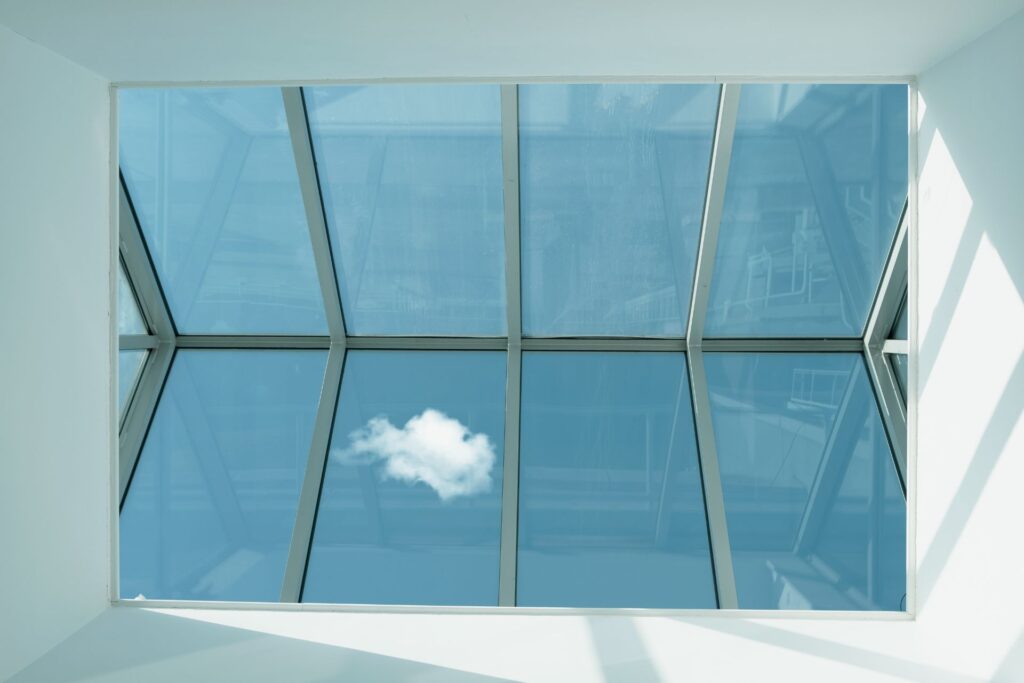
Popular Clear Roofing Materials In NZ
When it comes to clear roofing materials in New Zealand, there are several popular options that homeowners and businesses can choose from. Each type of clear roofing material has its own unique properties, benefits, and potential drawbacks. Understanding these can help you make an informed decision for your roofing needs.
Polycarbonate Roofing
Properties and Features
Polycarbonate roofing is known for its remarkable durability and strength. It is a lightweight material that offers excellent UV protection, making it ideal for areas that receive a lot of sunlight. Polycarbonate sheets are also resistant to extreme temperatures, which ensures their longevity in various weather conditions.
Pros and Cons
One of the primary advantages of polycarbonate roofing is its durability. It can withstand impacts and harsh weather conditions, making it a long-lasting roofing option. The UV protection feature is beneficial in reducing heat and protecting against harmful rays. However, polycarbonate roofing can be prone to scratches and may not provide the same level of clarity as other materials like acrylic.
Best Uses
Polycarbonate roofing is versatile and can be used in both residential and commercial settings. It is commonly used for greenhouses, patios, and carports due to its strength and UV protection. Additionally, its lightweight nature makes it easier to install compared to heavier materials.
Acrylic Roofing
Properties and Features
Acrylic roofing stands out for its exceptional clarity and transparency, which allows for maximum light transmission. It is resistant to weathering and impacts, ensuring that it maintains its appearance and functionality over time. Acrylic is also relatively lightweight, making it easier to handle and install.
Pros and Cons
The main benefit of acrylic roofing is its superior clarity, making it an excellent choice for applications where light transmission is crucial. It is also weather-resistant, meaning it can endure New Zealand’s varying climate conditions. On the downside, acrylic can be more brittle than polycarbonate, making it more susceptible to cracking under heavy impacts.
Best Uses
Acrylic roofing is ideal for areas where clear visibility and light are essential, such as skylights, solariums, and pergolas. Its aesthetic appeal also makes it suitable for modern architectural designs in both residential and commercial properties.
Fiberglass Roofing
Properties and Features
Fiberglass roofing is known for its strength and versatility. It offers excellent insulation properties, which can help in maintaining a comfortable temperature indoors. Fiberglass is also resistant to corrosion and can withstand various environmental factors, making it a durable option.
Pros and Cons
One of the significant advantages of fiberglass roofing is its strength. It can handle heavy loads and extreme weather conditions without deteriorating. The insulation properties are beneficial in reducing energy costs. However, fiberglass roofing may yellow over time when exposed to UV light, and it can be more challenging to install due to its rigidity.
Best Uses
Fiberglass roofing is suitable for a wide range of applications, including industrial buildings, warehouses, and residential homes. Its durability makes it a great choice for areas prone to harsh weather conditions. Additionally, its insulation properties make it ideal for buildings that require temperature regulation.
Choosing the right clear roofing material for your property in New Zealand involves considering various factors such as durability, clarity, weather resistance, and specific application needs. Polycarbonate, acrylic, and fiberglass each offer unique benefits that can meet different requirements. By understanding the properties, pros and cons, and best uses of each material, you can make an informed decision that will enhance the functionality and aesthetics of your roofing project.

Key Factors To Consider When Choosing Clear Roofing Materials
Selecting the right clear roofing material for your project in New Zealand requires careful consideration of various factors. The unique climate, desired durability, budget constraints, and aesthetic preferences all play significant roles in determining the best choice. Let’s explore these key factors in detail:
Climate Considerations
UV Exposure
New Zealand’s intense sunlight necessitates clear roofing materials with strong UV resistance. Prolonged exposure to UV rays can degrade some materials, causing discoloration and weakening their structural integrity. Polycarbonate sheets, known for their superior UV protection, can be an excellent choice for long-lasting clarity and strength. On the other hand, cheaper options like PVC might suffer from quicker degradation under the same conditions.
Weather Conditions
The weather in New Zealand can be quite unpredictable, ranging from heavy rains to strong winds and even hailstorms. When choosing clear roofing materials, it’s crucial to consider how they will withstand these weather extremes. Polycarbonate and acrylic sheets are renowned for their impact resistance, making them ideal for areas prone to hail. However, if your region experiences frequent high winds, you might want to look into materials with higher wind resistance ratings.
Durability and Maintenance
Lifespan of Materials
The longevity of clear roofing materials varies significantly. Polycarbonate roofing can last up to 20 years or more with proper care, while fiberglass might offer a slightly shorter lifespan. It’s essential to balance the initial investment with the expected lifespan to ensure you get the best value for your money. In contrast, materials like PVC might be more affordable upfront but may need replacement sooner, increasing long-term costs.
Maintenance Requirements
Ease of maintenance is another critical factor. Some materials, like polycarbonate, are relatively low-maintenance and only require occasional cleaning to remove dirt and debris. In contrast, others, like acrylic, might be more susceptible to scratching and could need more careful handling during cleaning. Choosing a material that matches your willingness and ability to perform regular maintenance can save you time and effort in the long run.
Cost and Budget
Initial Cost vs. Long-term Investment
While budget constraints are always a consideration, it’s important to balance initial costs with long-term benefits. Polycarbonate, though more expensive initially, offers excellent durability and UV protection, potentially saving you money on repairs and replacements in the future. Conversely, opting for a cheaper material like PVC might seem cost-effective at first but could lead to higher expenses over time due to more frequent replacements and maintenance.
Cost Comparison
Typical prices for clear roofing materials in New Zealand vary. Polycarbonate sheets generally range from $50 to $100 per square meter, while acrylic can cost between $40 and $80 per square meter. PVC is the most budget-friendly, with prices often falling below $40 per square meter. It’s essential to consider not just the price per square meter but also the overall durability and maintenance requirements when comparing costs.
Aesthetic Preferences
Design Flexibility
The aesthetic appeal of your roofing material should not be overlooked. Polycarbonate and acrylic sheets offer excellent design flexibility, allowing them to complement various architectural styles, from modern to traditional. They can be easily molded into different shapes and sizes, providing a sleek and stylish appearance. In contrast, PVC may have limited design options, potentially restricting your creativity.
Transparency Levels
Clear roofing materials come in various levels of transparency, each suitable for different applications. High-transparency materials like glass or clear acrylic allow maximum light transmission, ideal for greenhouses or sunrooms. On the other hand, frosted or tinted polycarbonate can offer more privacy while still providing natural light, making it perfect for residential patios or outdoor living spaces.
By carefully considering these key factors, you can select the best clear roofing material for your specific needs, ensuring long-lasting performance, aesthetic appeal, and value for your investment.

Installation And DIY Tips
Professional Installation vs. DIY
Benefits of Professional Installation
Opting for professional installation offers several significant benefits that can make the investment worthwhile. Firstly, professional installers bring a wealth of experience and expertise, ensuring that the job is done correctly the first time. This can save you from the potential headaches and additional costs of fixing mistakes later. Moreover, many professional services come with warranties, providing peace of mind and protecting your investment over time. Quality assurance is another key benefit, as professionals are equipped with the right tools and knowledge to handle complex installations, ensuring a high standard of workmanship.
DIY Tips
For those who enjoy hands-on projects and have a bit of DIY spirit, self-installation can be a rewarding experience. However, it’s crucial to follow some basic guidelines to achieve the best results. Start by thoroughly reading the manufacturer’s instructions and gathering all necessary tools and materials before beginning the project. Take your time to plan each step carefully, ensuring you have accurate measurements and a clear understanding of the installation process. Remember, patience and attention to detail are your best allies when it comes to DIY projects.
Common Installation Mistakes to Avoid
Preparation and Planning
One of the most common mistakes in any installation project is inadequate preparation and planning. Accurate measurements are vital to ensure that everything fits as it should. Misjudging dimensions can lead to poor alignment and gaps, compromising both the functionality and appearance of the installation. Take the time to double-check all measurements and plan each step meticulously. Create a detailed layout and make sure you have all the necessary materials on hand before starting.
Securing and Sealing
Another critical aspect of a successful installation is ensuring that everything is securely fastened and properly sealed. This is particularly important for installations that need to be watertight, such as in bathrooms or outdoor areas. Failing to secure and seal joints and edges can lead to water damage and structural issues over time. Use high-quality sealants and fasteners, and follow the manufacturer’s recommendations for application. Inspect your work as you go to ensure there are no gaps or weak points.
In conclusion, whether you choose to hire a professional or take on a DIY project, understanding the installation process and avoiding common pitfalls can help you achieve a successful and lasting result. Taking the time to prepare, plan, and pay attention to detail will ensure your installation stands the test of time.

Maintenance And Care For Clear Roofing
Maintaining clear roofing is crucial to ensure it remains in top condition and continues to provide the desired aesthetic and functional benefits. Here’s a comprehensive guide to help you with the upkeep of your clear roofing.
Regular Cleaning Tips
Best Practices
To keep your clear roofing looking pristine, it’s important to use gentle cleaning solutions and methods. Abrasive cleaners or rough scrubbing can leave scratches, which not only mar the appearance but can also compromise the integrity of the material over time. Instead, opt for a mixture of mild soap and warm water. Using a soft cloth or sponge, gently wipe down the surface. Avoid using high-pressure washers directly on the roofing, as the force can cause damage. If you encounter tough stains, a vinegar solution can be effective without being harsh.
Frequency
The frequency of cleaning will depend on the type of clear roofing material you have and the environmental conditions it is exposed to. For instance, polycarbonate and acrylic roofs in urban areas with high pollution may require cleaning every three months to prevent grime build-up. In less polluted rural areas, a biannual cleaning may suffice. Always consult the manufacturer’s recommendations to ensure you’re maintaining your roof properly without voiding any warranties.
Repair and Replacement
Identifying Damage
Over time, clear roofing can show signs of wear and tear, such as discoloration, cracks, or leaks. Regular inspections are key to catching these issues early. Look for any changes in color or clarity, as these can indicate UV damage or the buildup of dirt and debris. Cracks and splits, even if minor, should be addressed immediately to prevent them from worsening.
Repair Tips
For minor repairs, such as small cracks or leaks, you can often handle them yourself. Clear silicone sealants are excellent for sealing cracks and preventing water ingress. Ensure the area is clean and dry before applying the sealant for the best adhesion. For larger cracks or damaged sections, it might be necessary to replace the affected panel. Always follow safety protocols when working on the roof, such as using a stable ladder and wearing appropriate footwear.
When to Replace
Knowing when to replace your clear roofing is essential for maintaining its effectiveness and safety. If you notice extensive cracking, warping, or a significant loss in clarity, it might be time to consider a replacement. Additionally, if repairs become frequent or extensive, replacing the roof can be more cost-effective in the long run. Typically, clear roofing materials like polycarbonate and acrylic have a lifespan of 10-20 years, depending on the quality and environmental exposure.
Regular maintenance and timely repairs can greatly extend the life of your clear roofing, ensuring it remains a valuable and attractive part of your property. By following these tips, you can keep your roof in top condition, providing clarity and protection for years to come.

Environmental Impact And Sustainability
When considering clear roofing options, it’s essential to think about the environmental impact and sustainability of the materials and processes involved. Sustainable choices not only benefit the environment but can also lead to long-term cost savings and improved energy efficiency for your home or business. Let’s delve into some eco-friendly options and sustainable practices associated with clear roofing.
Eco-Friendly Options
Recyclable Materials
Choosing clear roofing materials that are recyclable is a great way to minimize environmental impact. For instance, polycarbonate and acrylic sheets are popular options for clear roofing that can be recycled at the end of their life cycle. These materials are durable and provide excellent light transmission, making them ideal for greenhouses, patios, and skylights. When selecting clear roofing, look for products with recycling symbols or certifications that indicate they can be recycled. This ensures that when the time comes to replace your roofing, the materials can be repurposed rather than ending up in a landfill.
Energy Efficiency
Clear roofing materials can also contribute to significant energy savings. By allowing natural light to penetrate, clear roofs reduce the need for artificial lighting during the day. This can lead to lower electricity bills and a smaller carbon footprint. Additionally, some clear roofing materials have insulating properties that help maintain indoor temperatures, reducing the need for heating or cooling. For instance, multi-wall polycarbonate panels provide excellent insulation, keeping spaces cooler in the summer and warmer in the winter. Investing in energy-efficient clear roofing not only supports sustainability but also enhances the comfort and cost-efficiency of your building.
Sustainable Practices
Manufacturing Processes
The environmental impact of clear roofing materials also depends on the manufacturing processes used to produce them. Opt for materials made using environmentally friendly production methods. Some manufacturers prioritize sustainability by using renewable energy sources, reducing waste, and minimizing emissions during production. For example, some companies produce polycarbonate sheets using solar power or other renewable energy sources, significantly lowering the carbon footprint of their products. Additionally, manufacturers may implement closed-loop systems to recycle water and reduce waste in the production process. When purchasing clear roofing, inquire about the manufacturing practices of the supplier to ensure they align with sustainable principles.
Disposal and Recycling
Proper disposal and recycling of clear roofing materials are crucial for environmental sustainability. In New Zealand, several recycling facilities accept polycarbonate and acrylic roofing materials. When it’s time to replace your clear roofing, ensure that the old materials are taken to a recycling center rather than being disposed of in general waste. Some suppliers offer take-back programs where they accept old roofing materials for recycling. These programs ensure that the materials are processed correctly and repurposed into new products, reducing waste and conserving resources. Additionally, consider repurposing old roofing materials for other projects around your home or garden, such as creating cold frames for plants or constructing garden sheds.
By prioritizing eco-friendly options and sustainable practices, you can significantly reduce the environmental impact of your clear roofing project. Whether it’s choosing recyclable materials, investing in energy-efficient options, supporting manufacturers with green production methods, or ensuring proper disposal and recycling, every step toward sustainability counts. These efforts not only benefit the planet but also contribute to the long-term value and efficiency of your building.
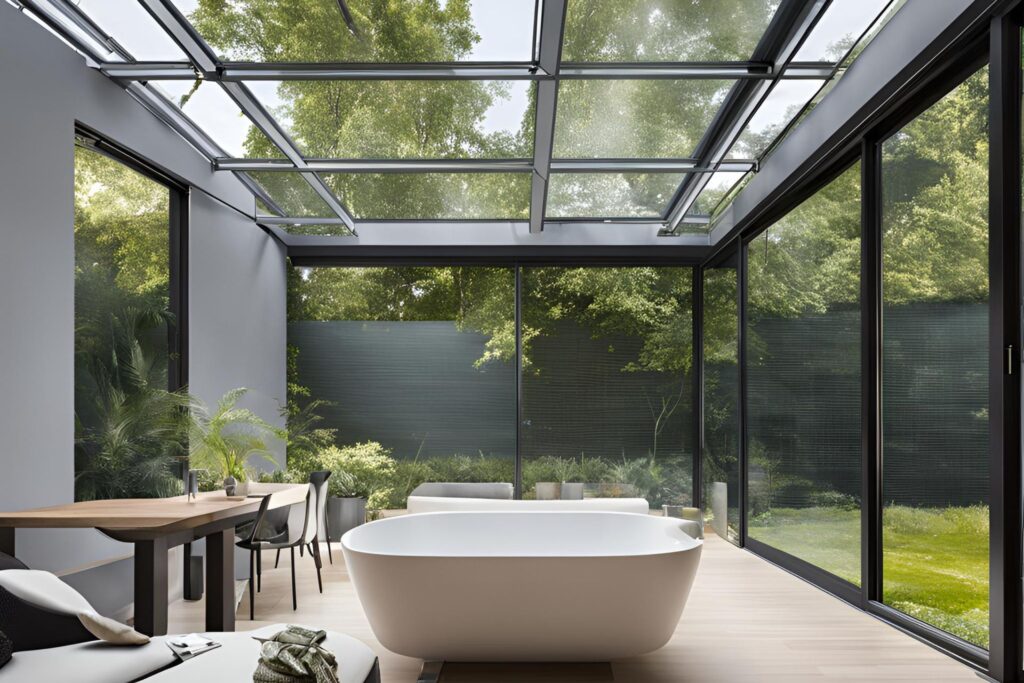
Case Studies And Testimonials
Real-Life Examples
When considering the installation of decking, retaining walls, or any construction project, it’s essential to see real-life examples to understand the quality and effectiveness of the service. Here, we’ll delve into two main types of projects: residential and commercial.
Residential Projects
Residential projects provide a glimpse into how various installations can transform homes. For instance, imagine a family in Auckland who decided to install a new deck. Before the installation, their backyard was underutilized and lacked a comfortable space for outdoor activities. After consulting with a reputable decking company, they opted for a composite decking material that matched the aesthetic of their home. The result was a stunning, low-maintenance deck that became the family’s favorite spot for barbecues and gatherings. This transformation not only enhanced the beauty of their property but also increased its value.
Another example is a couple in Wellington who faced constant issues with soil erosion in their garden. They decided to install a retaining wall. The project involved designing a wall that not only prevented erosion but also added a modern look to their landscape. The homeowners were delighted with the result, noting the significant improvement in their garden’s usability and appearance.
Commercial Projects
Commercial projects showcase how businesses and public buildings benefit from professional installations. Take, for example, a café in Christchurch that wanted to create an inviting outdoor seating area. The business owners decided on a timber deck that would complement the rustic charm of their establishment. The project was completed efficiently, allowing the café to increase its seating capacity and attract more customers, especially during the warmer months. The new deck became a key feature in their marketing, highlighting the pleasant ambiance they offered.
In another case, a public library in Hamilton needed a retaining wall to stabilize the terrain around the building. The project required careful planning to ensure it met safety standards while maintaining an aesthetically pleasing look. The end result was a secure and visually appealing landscape that provided a safe environment for visitors.
Customer Testimonials
Customer testimonials are invaluable as they offer genuine insights into the experiences of those who have benefited from the services. Here are some personal experiences from New Zealand homeowners and businesses:
Personal Experiences
- “We couldn’t be happier with our new deck. The team was professional and the quality of work exceeded our expectations. It’s now the highlight of our backyard!” – Sarah, Auckland
- “The retaining wall has made such a difference in our garden. Not only does it prevent erosion, but it also adds a beautiful feature to our landscape. We highly recommend their services.” – John and Emma, Wellington
- “Our café’s outdoor area has transformed our business. The new deck is always filled with customers enjoying the fresh air and sunshine. It’s been a fantastic investment.” – Tim, Christchurch
- “The retaining wall at our library was a challenging project, but the team handled it with expertise. The final product is both functional and beautiful, enhancing our facility’s appeal.” – Library Manager, Hamilton
These testimonials reflect the positive impact that professional installations can have, not just in terms of functionality but also in enhancing the overall experience and satisfaction of clients. Whether it’s a homeowner enjoying a new outdoor space or a business seeing increased customer engagement, the benefits are clear.
In conclusion, case studies and testimonials offer a comprehensive look at the real-world applications and success stories of residential and commercial projects. They highlight the tangible benefits and personal satisfaction that come from choosing a reliable and skilled service provider. By sharing these stories, we hope to inspire confidence and provide a clearer understanding of what can be achieved through professional construction and installation services in New Zealand.
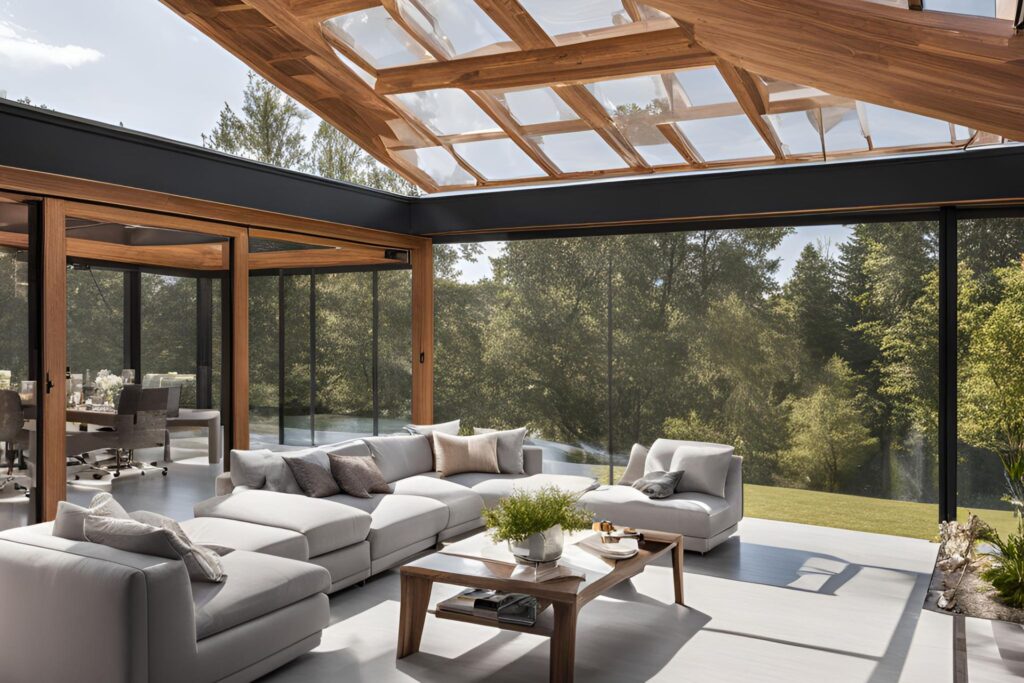
FAQs: About Best Clear Roofing Material NZ
Conclusion
In conclusion, selecting the ideal clear roofing material requires careful consideration of several factors. First, we’ve explored the various types of clear roofing materials, including polycarbonate, acrylic, and fiberglass, highlighting their unique benefits and drawbacks. We discussed the importance of durability, UV resistance, and aesthetic appeal, all crucial in making an informed decision. Based on your specific needs and environmental conditions, it’s essential to weigh these factors carefully. For those seeking long-term durability and high UV resistance, polycarbonate may be the best choice, while acrylic offers excellent clarity and affordability. Fiberglass, on the other hand, stands out for its strength and versatility. We recommend evaluating your specific requirements, such as budget, climate, and desired aesthetic, to make the most suitable choice. Finally, we encourage you to reach out to local suppliers or roofing professionals for tailored advice and detailed quotes, ensuring you select the best material for your project.
Find A Professional Roofing Company Near You!
- Auckland Roofing Company
- Cambridge Roofing NZ
- Central Otago Roofing Services
- Hamilton Roofing Services
- Hastings Roofing Company
- Hawkes Bay Roofing Company
- Kapiti Coast Roofing Services
- Lower Hutt Roofing Services
- Napier Roofing Company
- New Plymouth Roofing Company Taranaki
- North Shore Roofing Company
- Orewa Roofing Company
- Porirua Roofing Services
- Roof Painting Company Auckland
- Roof Repairs Manukau
- Roof Repairs Takanini
- Roofers Papakura
- Roofing Company Invercargill
- Roofing Contractors Northland
- Roofing Contractors South Auckland
- Roofing Contractors Whangarei
- Roofing Palmerston North
- Roofing Waikato
- Roofing Walkworth
- Roofing Wellington
- Te Awamutu Roofing
- Upper Hutt Roofing Services
- Warkworth Roofing Company
About the Author:
Mike Veail is a recognized digital marketing expert with over 6 years of experience in helping tradespeople and small businesses thrive online. A former quantity surveyor, Mike combines deep industry knowledge with hands-on expertise in SEO and Google Ads. His marketing strategies are tailored to the specific needs of the trades sector, helping businesses increase visibility and generate more leads through proven, ethical methods.
Mike has successfully partnered with numerous companies, establishing a track record of delivering measurable results. His work has been featured across various platforms that showcase his expertise in lead generation and online marketing for the trades sector.
Learn more about Mike's experience and services at https://theleadguy.online or follow him on social media:
